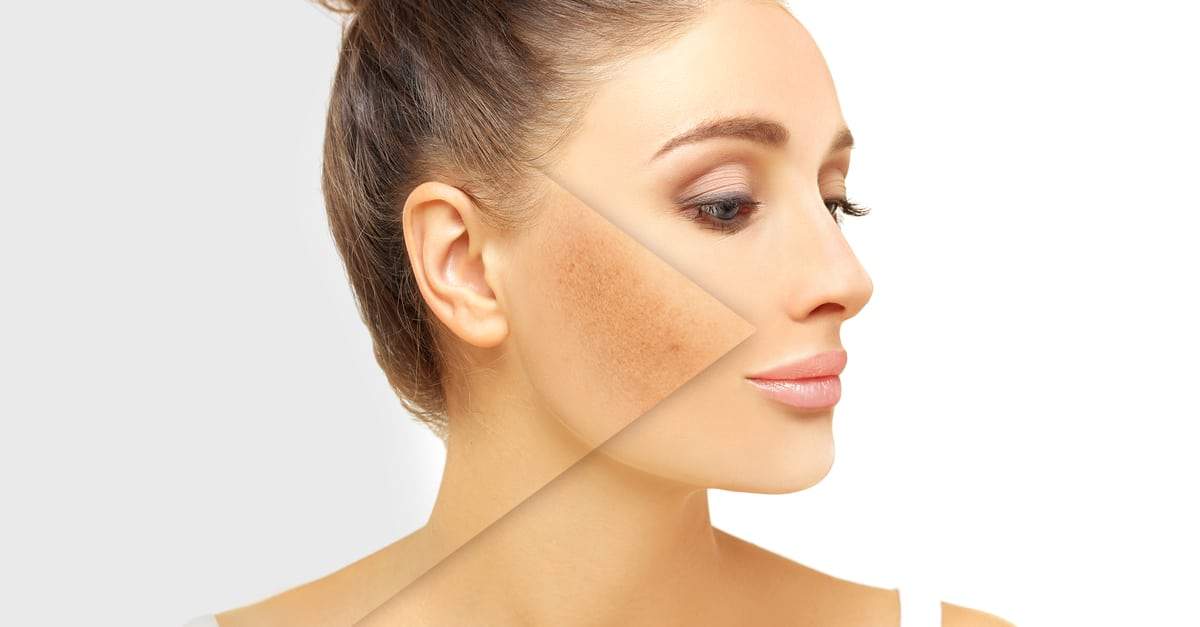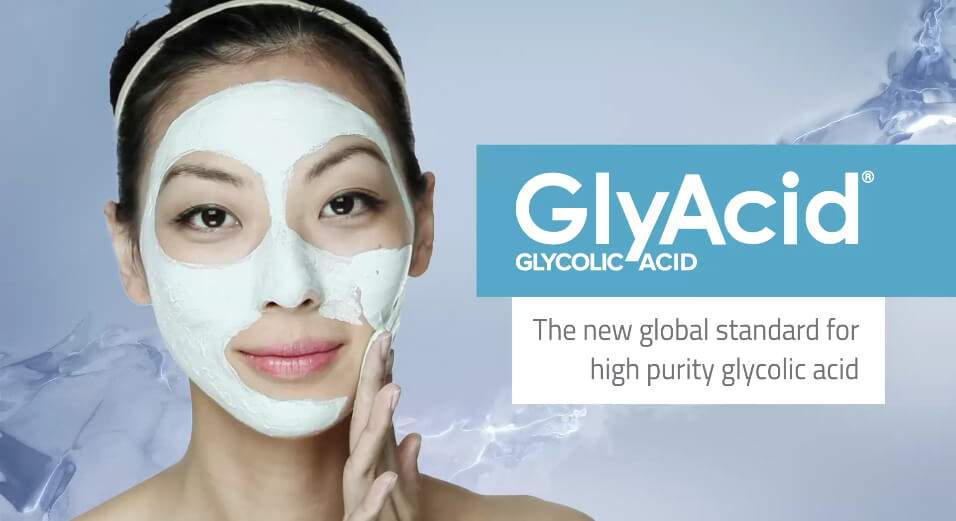Treating Post-Inflammatory Pigmentation with Glycolic Acid
June 18, 2020

While post-inflammatory hyperpigmentation does not permanently scar the skin, many find the discoloration and darkened spots distressing, unflattering, and unpleasant to look at.
Luckily, there is a simple solution. Glycolic acid can serve as a helpful and effective option for treating post-inflammatory hyperpigmentation, thanks to this Alpha Hydroxy Acid’s ability to gently exfoliate the skin.
“A variety of skin concerns, including acne, acne scars, melasma, post-inflammatory hyperpigmentation, dull complexion, and signs of skin aging can benefit from glycolic acid…the chemical exfoliation can gently remove excess pigment, so it can do wonders,” explains Mackenzie Dunn.
Post-inflammatory hyperpigmentation: the basics
Hyperpigmentation, or darkened spots or patches on the skin, is caused by the overproduction of melanin, the pigment responsible for eye, hair, and skin color.
Melanin occurs naturally, but can be kicked into overproduction by a variety of triggers, including exposure to UV rays, pollution, or the skin healing after an injury or inflammation.
Post-inflammatory hyperpigmentation (PIH) specifically occurs after the skin becomes injured or irritated. Post-injury, darkened, flat spots will remain on the skin, long after the wound or injury has healed. Spots vary in color, and can be shades of pink, red, tan, brown, or even purple.
One of the most common causes of post-inflammatory hyperpigmentation is acne or picking at acne. Additionally, burns, atopic dermatitis, rashes, insect bites, razor burn, ingrown hairs, and psoriasis can all cause PIH.
While PIH is more likely to occur amongst people of color, both men and women are equally susceptible to the darkened spots. Unfortunately, the discoloration of PIH can take months or even years to fully heal.
However, for consumers seeking treatment options to speed the recovery of post-inflammatory hyperpigmentation, glycolic acid can provide an affordable, efficacious solution.
Hero ingredient for hyperpigmentation
Glycolic acid is one of the best ingredients to speed the healing of post-inflammatory hyperpigmentation, as this tiny molecule is matchless at gently and chemically exfoliating the skin.
Glycolic acid is the smallest and lightest of the Alpha Hydroxy Acids, and is best at quickly penetrating the skin. Once applied topically, glycolic acid works to weaken and dissolve the lipids holding cells together in the top layer of skin, and then shed off dead, damaged, or discolored skin cells. Through this speedy chemical exfoliation, spots from PIH are more likely to reduce in color and appearance, faster.
Additionally, as experts have observed, glycolic acid offers another benefit for treating PIH spots. Glycolic acid drives new skin cells to the surface of the face. This spurred cell renewal helps to reveal the healthier, underlying skin, and promotes a more even skin tone overall.
Glycolic acid peels
For more serious cases of post-inflammatory hyperpigmentation, professionally performed glycolic acid peels have been shown to be an especially helpful treatment option.
“In the author’s experience with cases of postinflammatory hyperpigmentation in skin types III and IV, a series of 35% GA peels has produced good results,” wrote Jaishree Sharad, in “Glycolic acid peel therapy – a current review,” published in Clinical, Cosmetic and Investigational Dermatology. “..The complete resolution of postinflammatory hyperpigmentation is commonly seen after six to eight peel treatments.”
For the sufferers with more intense post-inflammatory hyperpigmentation issues, a series of higher concentration glycolic acid peels may be a faster, and much desired option, for removing discolored spots.
PIH-free possibilities
Glycolic acid has long been heralded by dermatologists for its ability to treat a variety of skin conditions and issues. Now, this tiny molecule is being thrust in the spotlight once again for its ability to treat the all-too common spots that signal post-inflammatory hyperpigmentation.







